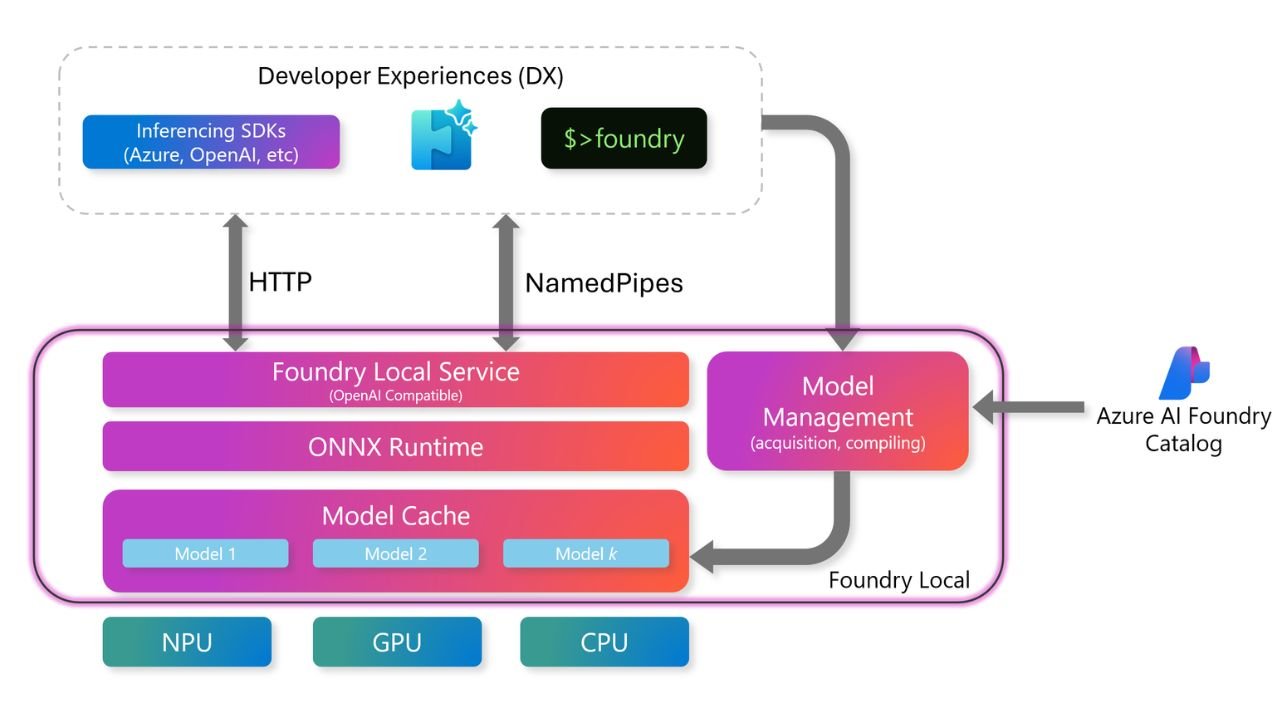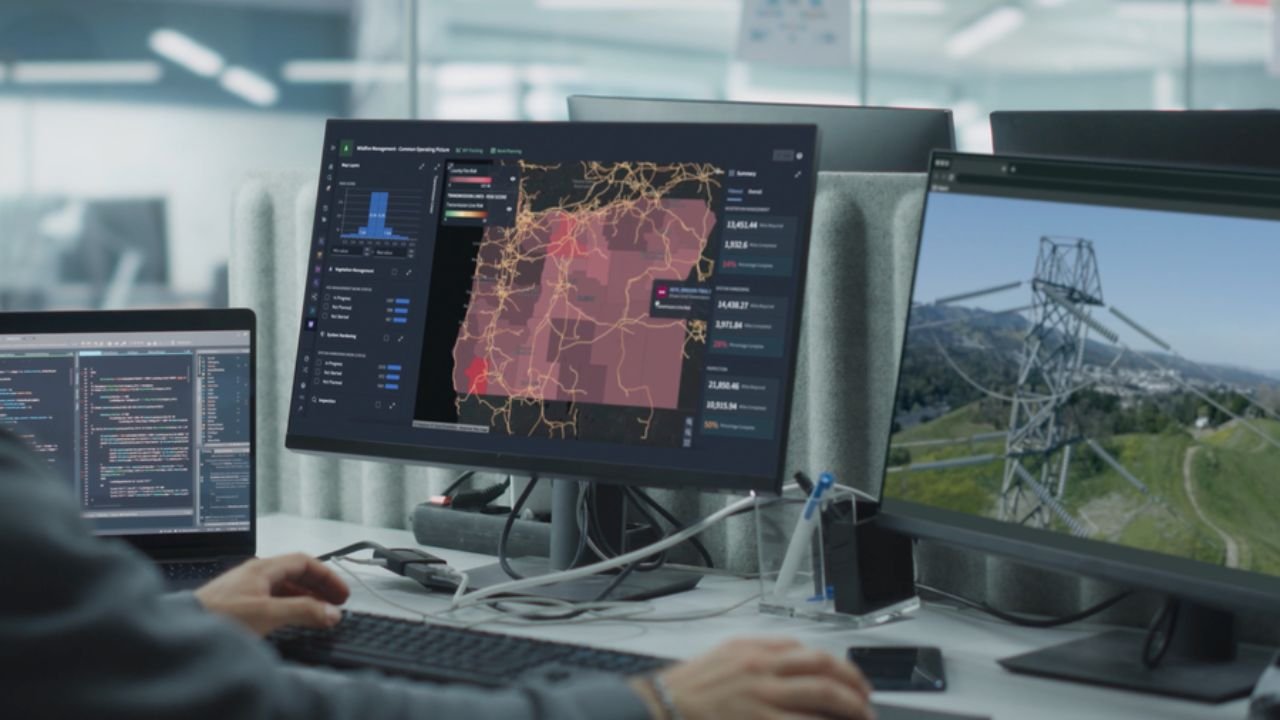
Palantir Foundry – The Operating System for the Modern Enterprise
In today’s world, every organization is dealing with a flood of data. From customer details to supply chain information, healthcare records, financial transactions, and government statistics, the amount of data being created every day is massive. But having data is not the same as using it effectively. Many businesses still operate with old systems that make data scattered and difficult to act upon. This is where Palantir Foundry comes in.
Palantir Foundry is known as the ontology-powered operating system for the modern enterprise. It is a unique platform that brings together data, analytics, and decision-making in a single space. Unlike traditional software that only shows you reports or dashboards, Foundry connects your data directly to your operations, so the decisions you make feed back into your workflows in real time. This creates a system where information is not just collected but actually drives results.
What is Palantir Foundry?
Palantir Foundry is an advanced enterprise platform developed by Palantir Technologies, a company based in Denver, USA. The company has been a pioneer in data integration and decision-making systems for many years and is known for providing solutions in sectors like national security, healthcare, energy, and finance.
Foundry operates by connecting all organized and unstructured data of an organization, databases, sensors, applications, and even devices of the internet of things in one connected platform. After the data is linked, Foundry employs some of the most powerful technologies, such as machine learning, Artificial Intelligence, and digital models, to provide organizations with a real-time view of their business. This is why it is usually referred to as the operating system of the modern enterprise.
The Core Architecture of Foundry
The distinction between Foundry and other platforms is that Foundry has a closed-loop system. The conventional analytics tend to take a linear path: gathering the data, processing it, generating a report, and making decisions in the future. And this is a slow process and not representative of the pace of the modern organization.

In a foundry, a circular process is used instead. Information is gathered, actions taken, and the actions are fed back into the system, and the system upgrades itself. This implies that every action is supported with real-time data, and every decision is a lesson towards the next one.
How Palantir Foundry Works
The platform is made of different layers that work together. At the base is data integration, which connects hundreds of data sources into one system. Then there is the ontology layer, which acts like the brain of Foundry. It creates a digital model of the organization, where every part of the business—like factories, hospitals, trucks, or financial accounts—has a digital representation.
Besides that, Foundry lets users create workflows, dashboards, and even applications without having to be tech experts. These applications relate to the ontology, and therefore can always be updated with live data. This ensures that the system is not a fixed database but a dynamic and interactive one.
Palantir Foundry at a Glance
To better understand the platform, here is a quick overview in a table format:
| Feature | Details |
| Platform Name | Palantir Foundry |
| Developer | Palantir Technologies |
| Purpose | Enterprise data integration and decision-making |
| Unique Advantage | Closed-loop operations with real-time feedback |
| Industries | Healthcare, Energy, Finance, Retail, Supply Chain, Government |
| Key Functions | Data integration, Ontology, Decision orchestration, AI-driven workflows |
| Deployment Speed | Can be operational in hours instead of months |
| Example Use Cases | PG&E wildfire risk prediction, NHS vaccine delivery, World Food Programme logistics |
Real-World Use Cases of Palantir Foundry
PG&E (Pacific Gas and Electric, California)
- Uses Palantir Foundry to predict and prevent wildfires.
- Collects data from transformers, weather forecasts, and equipment health.
- Helps decide when to cut off power in risky areas.
- Outcome: Saved lives and prevented large-scale disasters.
United Kingdom – NHS (National Health Service)
- Applied Foundry during the COVID-19 pandemic.
- Connected hospital, vaccine center, and logistics data in real time.
- Helped plan and manage vaccine distribution efficiently.
- Improved hospital resource management and enhanced vaccine delivery speed.
World Food Programme (WFP)
- Uses Foundry in war zones and disaster-hit areas.
- Manages and tracks food deliveries and logistics paths.
- Quickly adapts plans when conditions change.
- Results: Efficient aid distribution, reduced costs, and faster reach to needy populations.
AI and Machine Learning in Foundry

Foundry is not only about connecting data. It also makes use of advanced artificial intelligence and machine learning. For example, organizations can use it to forecast demand, detect unusual patterns, or simulate different situations. Foundry also supports edge AI, which means the system can work in remote areas like oil rigs, defense missions, or disaster zones where internet connectivity is weak.
Palantir has also created the Artificial Intelligence Platform (AIP), which extends Foundry’s power by allowing organizations to use large language models like GPT in secure environments. This is especially important for industries like defense and healthcare where data privacy and security are critical.
Security and Privacy in Palantir Foundry
Because many of Palantir’s clients include government agencies, banks, and healthcare providers, security is built into the heart of Foundry. The platform uses strong access controls based on role, purpose, and classification. This means not everyone can see everything; only the right people get access to the right data.
All operations in the system are documented, which gives an effective audit trail. Foundry also adheres to international data protection regulations, including GDPR, HIPAA, and FedRAMP. Notably, Palantir does not sell or own data of clients- the organization always retains its information.
Why Palantir Foundry Stands Out
Fast Deployment
- Traditional platforms take months to set up.
- Foundry can be deployed within hours.
Action-Driven Platform
- Goes beyond showing reports.
- Connects insights directly to actions for faster execution.
Adaptable for All Users
- Designed for both technical experts and non-technical users.
- Ensures data is useful to the entire organization.
Proven in Complex Environments
- Successfully applied in wildfire prevention (California).
- Used in COVID-19 vaccine distribution (UK NHS).
- Helps in humanitarian missions (World Food Programme).
Real-World Impact
- Demonstrates that Foundry is not just theory.
- A practical, results-driven tool tested on global challenges.
Palantir Technologies – The Company Behind Foundry
Palantir Technologies is the company that created Foundry. Founded in the United States, it has grown into one of the most recognized names in enterprise data systems. The company employs thousands of people and collaborates with both private companies and government organizations worldwide. Palantir’s mission is to help institutions use their data to solve big problems, whether it is improving healthcare systems, preventing disasters, or making supply chains more efficient.
The Future of Enterprise Operations with Palantir Foundry
Palantir Foundry is not just a piece of software but a new way of organizational data utilization. It transforms the manner of running businesses by integrating, making decisions, and continuously improving in a single loop. Companies are able to respond instantly as opposed to responding slowly to changes. Rather than having data trapped in silos, it is an organizational asset to which everyone is now required to contribute.
Platforms such as Foundry will only be more vital in the future, when organizations are struggling with issues such as climate change, supply chain shocks, and healthcare pressures. As AI and machine learning continue to expand, Foundry will be among the most popular systems of contemporary business.
Conclusion
Palantir Foundry is often described as the operating system for the modern enterprise, and rightly so. It brings together scattered data, creates a digital map of the organization, and ensures decisions are always informed by real-time information. With its closed-loop architecture, it goes beyond traditional analytics to create a living system where data and decisions continuously improve each other.
Foundry has been valuable across industries, whether it is energy companies’ disaster prevention or healthcare systems plotting vaccines, or humanitarian organizations stepping in to assist in areas where finance companies reduce risks. When businesses continue to encounter uncertainty and complexity, Palantir Foundry provides a means of transforming data into clarity, action, and impact.
Also Read About: Palantir Deployment Strategist – Role, Interview Process, and Career Guide


